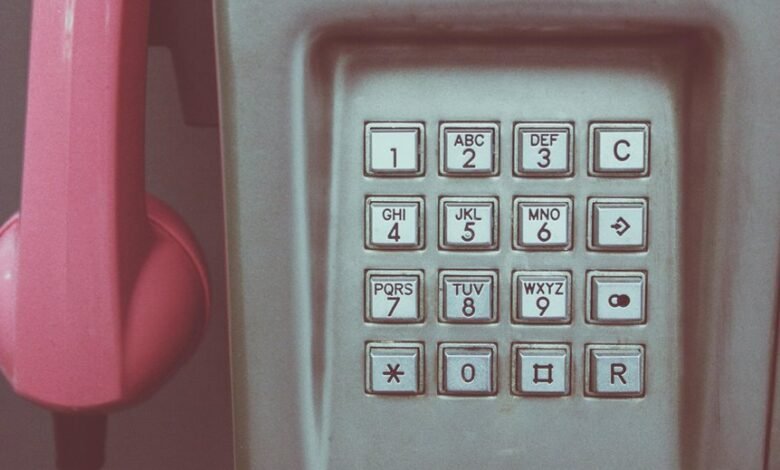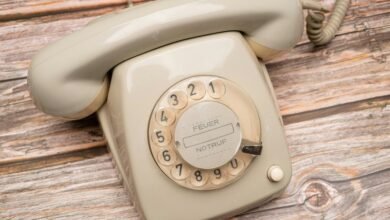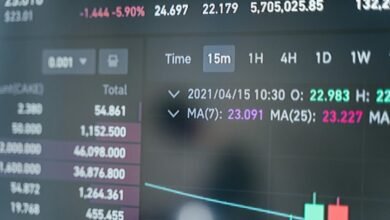Identify Unknown Contact 3293319959, 3661175313, 3893490275, 3494493062, 3516234880, 3274733714

Identifying unknown contacts such as 3293319959, 3661175313, and others is crucial in today’s communication landscape. Many people receive unsolicited calls that may be spam or scams. Understanding how to trace these numbers can provide clarity and enhance personal security. Various methods exist for uncovering the identity behind these calls. However, the effectiveness of these methods varies. The question remains: which resources yield the best results in distinguishing legitimate callers from potential threats?
Understanding the Importance of Identifying Unknown Callers
The significance of identifying unknown callers lies in the intersection of security and communication efficiency. Recognizing scam calls not only protects individuals from potential fraud but also alleviates the anxiety associated with unexpected phone interactions.
Methods to Trace Unknown Phone Numbers
How can individuals effectively trace unknown phone numbers in today’s digital landscape?
Utilizing reverse lookup services allows users to uncover the identity behind a number efficiently.
Additionally, caller apps provide real-time identification, enhancing the ability to filter unwanted calls.
Utilizing Online Resources for Caller Identification
What resources are available for individuals seeking to identify unknown callers in an increasingly connected world?
Online platforms offer reverse lookup services, enabling users to trace phone numbers while balancing caller privacy.
Websites and applications aggregate public records, providing insights into unidentified contacts.
Tips for Protecting Yourself From Unwanted Calls
While navigating the complexities of modern communication, individuals must adopt proactive strategies to shield themselves from unwanted calls.
Key measures include utilizing call-blocking features on smartphones and third-party applications for blocking unwanted calls.
Additionally, reporting spam numbers to relevant authorities can help mitigate future disruptions.
These practices empower individuals, fostering a sense of freedom from intrusive communications in their daily lives.
Conclusion
In a world where unknown calls can feel like shadows lurking at the edge of communication, employing tools for caller identification becomes paramount. By harnessing reverse lookup services and caller ID apps, individuals can illuminate the darkness of uncertainty surrounding unfamiliar numbers. This proactive stance not only enhances personal security but also fosters a sense of control over one’s interactions. Ultimately, knowledge transforms anxiety into assurance, paving the way for more informed and confident communication choices.




